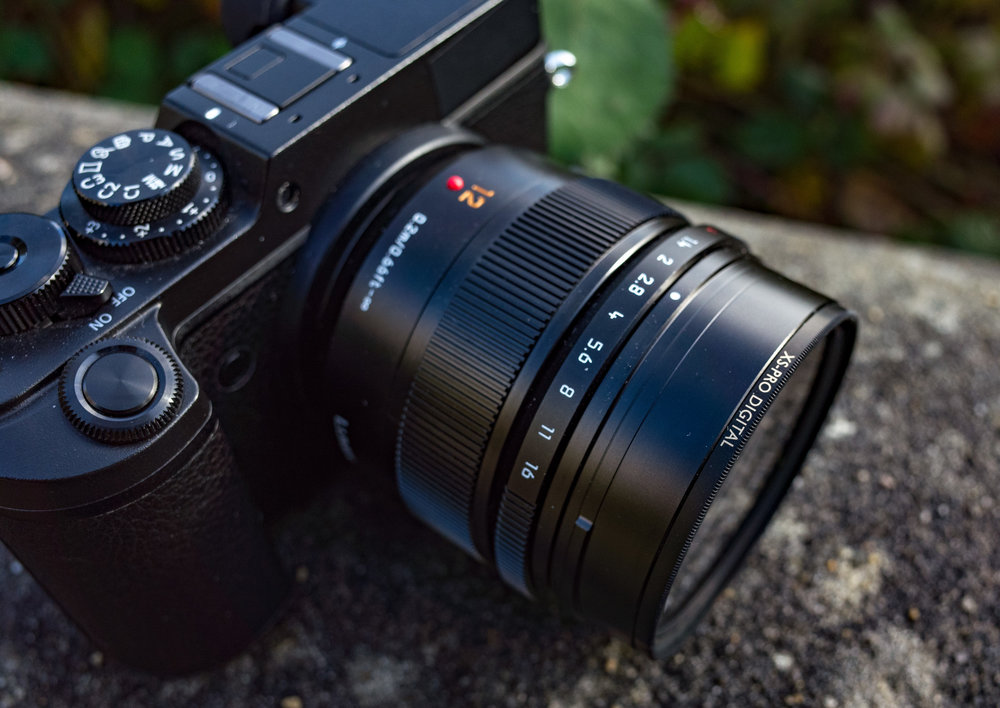
When I wrote about the thorny dilemma of whether or not to fit your lens with a UV filrer (primarily as protection for the front element) I had no official angle from any lens manufacturer. As it turns out, however, I was unintentionally stirring a hornets’ nest.
I quoted Lens Rentals’ experience from a damage and repair aspect and Roger Cicala’s investigations into the possibility of image degradation, including perceived disadvantages of additional reflection from that extra bit of glass, however refined. Some of the most expensive filters, including a very costly 77m Leica glass, suffered from the lowest degrees of reflection. So, again, you get what you pay for and it is clearly risky to attach an inferior filter to a £1,000 or £5,000 lens.

Thanks to regular reader Frank Neunemann I came across some interesting side information, including a presumably unguarded comment from a “Leica person at the factory”:
“If we had intended our lenses to have flat pieces of glass in front,” he said sternly, “we would have designed them that way.”
That comment will gladden the heart of colleagues such as William Fagan who made precisely this point in a comment on the original article. And there will be many readers to agree with him.
It is definitely a trade off between the very slight possibility of image degradation against the added safety and convenience of the pesky bit of glass. If you hate lens caps, then the trade-off might just be worth it. At the moment I’m still a filterer, but who knows what I could decide in the future?
See the first part of the discussion on using filters — and don’t forget to check the comments section of that article.
______________

I never use lens caps unless the lens is stored away someplace. A filter and a lens hood provide protection and don’t prevent taking pictures. Back in the days when newspapers had news and were printed on paper, I misspent 15+ years working for a city daily and my equipment saw a lot of unexpected and potentially damaging incidents. I tossed out a lot of scratched or cracked UV filters during those years. Did the filters degrade the images? Maybe on a theoretical clinical level but, in practice, I never saw it happen. At least when using a quality filter–there were (are) some really bad ones out there.
Interestingly, one of my co-workers at the time never used filters, lens caps or lens hoods. His lenses looked as if someone had scrubbed them, front and back, with sandpaper. His photographs were always superb. His skills more than made up for the equipment’s limitations.
This more or less sums up my philosophy. A lot of this is at a theoretical level and, provided we avoid the cheapest filters, I see no great harm in adding this protection.
For me it is the unnecessary additional flare as well as the degradation. I have used well over 100 lenses over the past 35 years and I have never damaged the front element on any of them. I generally use a lens hood if I have one that fits and either this or a lens cap or both would be on the lens in a bag or when travelling. I must admit that during the 1980s and 1990s, when I shot a lot of slide film, I did use a UV filter or a polarising filter to get improved quality on the original slide. This is much less necessary with digital cameras and post processing. I have been told, however, by a Leica expert that the Monochrom will produce much better images if the original image was taken using a coloured filter rather than adding this later in post processing. Ultimately, it is up to the photographer to decide what produces the best images. For the time being my Leicas and Fuji lenses carry no filters on front as this produces the best images for my taste. In view of my prior experience, I have no worries about damaging lens front elements.
William